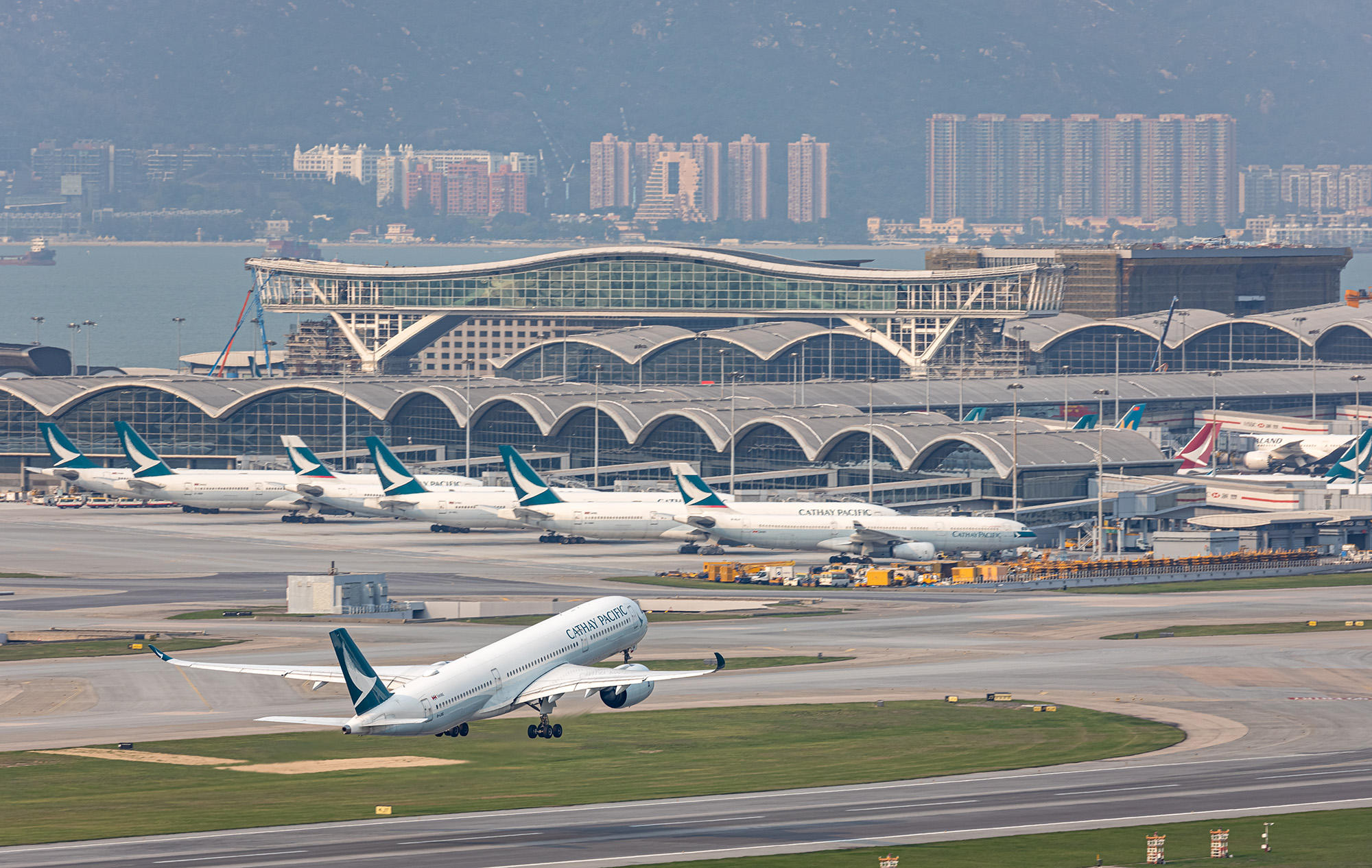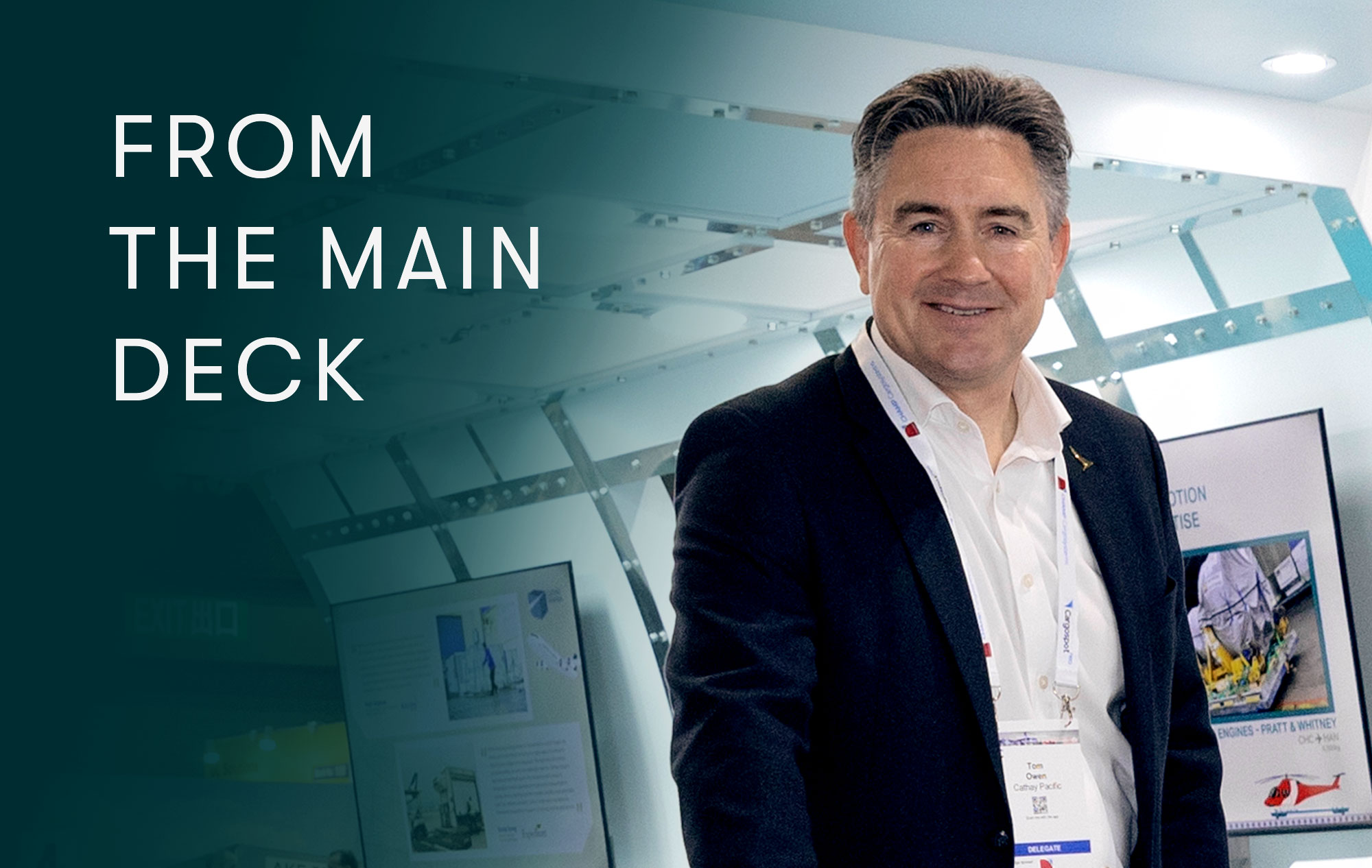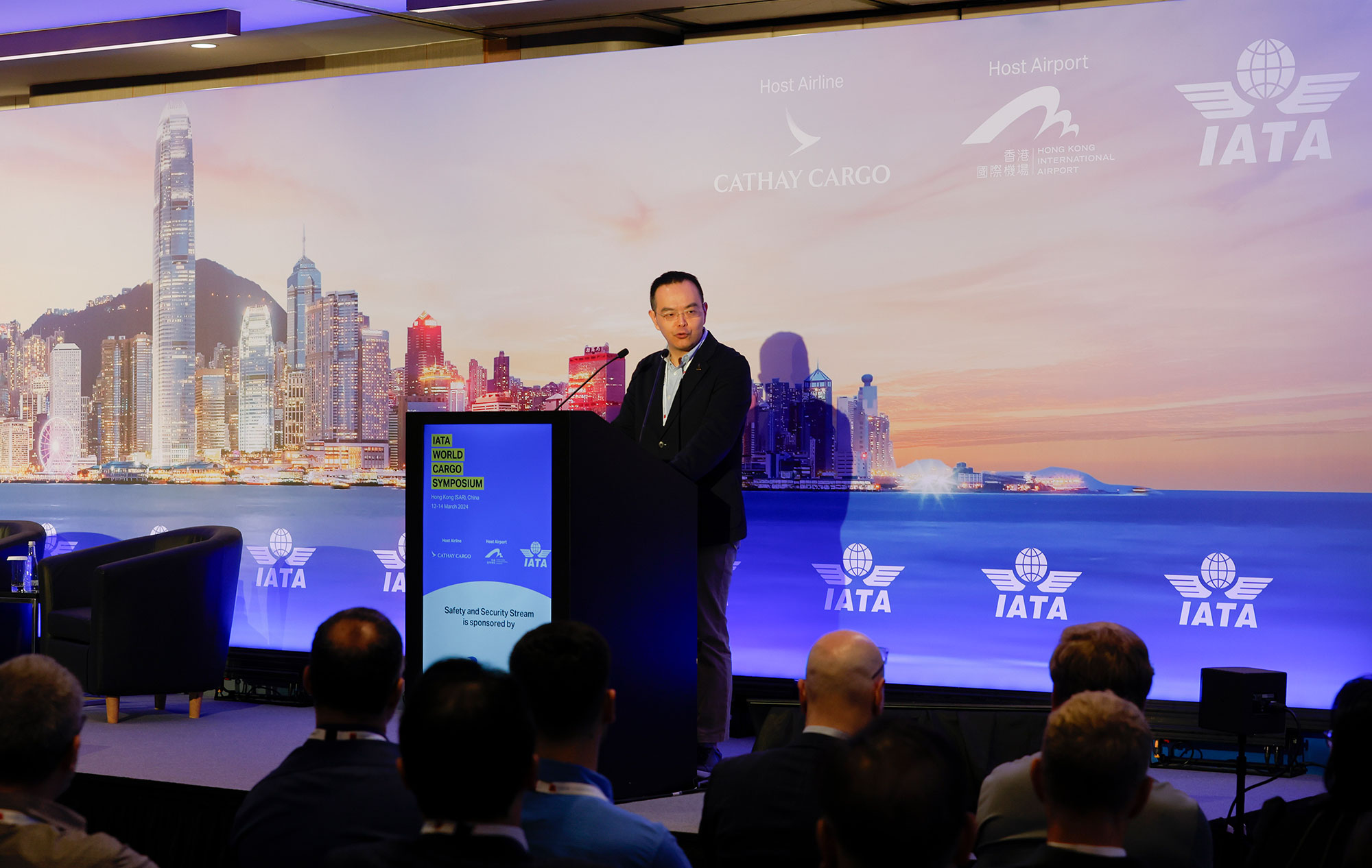
At the beginning of the year, Hong Kong International Airport (HKIA) and Brussels Airport blazed a trail by establishing the first ‘pharma corridor’ that’s fully certified through the official Center of Excellence for Independent Validators (CEIV) in Pharmaceutical Logistics.
Both hubs have received CEIV Pharma accreditation for their competence in handling pharma shipments.
The airports are members of Pharma.Aero, an organisation of CEIV-accredited operators that aims to pioneer service offerings and standards in the quality of handling such products. This collaboration was widely regarded as laying the groundwork for other pharma corridors. Cathay Pacific Cargo joined the organisation in March, having achieved its own CEIV Pharma accreditation.
‘It is definitely critical to have pharma corridors to assure seamless handling and service, especially for temperature-controlled pharma products,’ says Jane Chan, General Manager Hong Kong at Bolloré Logistics. ‘Airport-to-airport corridors are especially critical.’
A number of airports have been working on opening pharma corridors or have expressed plans to do so. ‘We’ve had preliminary talks with other airports that are also CEIV-certified,’ says John Ackerman, Executive Vice President Global Strategy and Development at Dallas/Fort Worth International Airport.

Soon after its introduction, the CEIV concept spread from individual airlines and forwarders to airport communities, as airport authorities realised the role they need to play in the quality of service. For the launch of the Hong Kong-Brussels pharma corridor, HKIA announced it was getting 19 additional common-use cool dollies and building apron shelters to protect pharma shipments from the elements.
Going end-to-end with pharma corridors to cover the entire journey of a pharmaceutical airfreight shipment was a logical next step, and one that’s been welcomed by pharma companies. Two major producers were involved in the launch of the Hong Kong-Brussels corridor.
Besides certified expertise of all the players handling pharmaceutical shipments, end-to-end visibility is key in the quest for a better pharma supply chain. ‘We would like to see GPS tracking or live monitoring as the next big advancement in container technology, allowing products to be tracked actively,’ says Jane, adding that her company now has to rely on carriers for updates.
Bluetooth technology holds promise for in-flight monitoring. Cathay Pacific Cargo has been experimenting with Bluetooth for tracking purposes. After initial trials at its Hong Kong base, both in the Cathay Pacific Cargo Terminal and on the ramp, it expanded tests overseas last autumn for trials at ULD and select shipment levels.

Pharma logistics providers are following these developments with interest, noting that adding sensors to monitor ambient shipment conditions would be a logical step. One airline has signalled its intention to do that, and also to extend the use of Bluetooth beyond the airport-to-airport section to give customers end-to-end visibility all the way from the warehouse to the final destination.
Visibility and data management have become bigger aspects in container technology. In recent months, a number of major airlines have signed up with SkyCell, a producer of temperature-controlled containers aimed at pharma traffic. SkyCell’s ULDs are equipped with smart sensors for visibility, which has garnered the firm validation from 12 of the top 20 global pharmaceuticals manufacturers.
The improved visibility allows operators to spot issues faster – ideally in real time – and respond quickly to avoid excursions. Despite all the improvements in cool chains, this remains a serious issue. Aviation industry body IATA estimates that problems with temperature deviations in transit cause the pharma industry to lose between US$2.5 billion and US$12.5 billion per year, with half of these problems occurring at or between airports.
Data gathered in transit can also help identify trends, patterns and issues in supply chains. For example, DHL Supply Chain pointed out that data analysis may reveal that active temperature control solutions are necessary for only three months out of the year on a given route. The company is beginning to incorporate other elements in its data analysis, such as weather forecasts, to identify potential supply chain risks.
The push for improved solutions has also affected ground handling. At Basel, Switzerland, a major gateway for pharma traffic, Swissport set up a bypass that moves ULDs from the warehouse to the aircraft in less than two minutes. It is now planning to build a cross-dock facility to allow seamless loading of active temperature control containers.
More handlers are looking to establish dedicated facilities for pharma traffic. Worldwide Flight Services is in the process of setting up such buildings at Copenhagen and Paris airports, according to Dan Parker, Senior Vice President Commercial and Cargo, EMEAA. He says the new facility in Paris will be audited by all big pharma manufacturers based in France.
The Cathay Pacific Perspective

Cathay Pacific Cargo Products Manager Gary Sze says: ‘We have been working with pharma shippers, forwarders, airport partners and regulators to ensure that we deliver the highest possible quality service to the pharma industry. We recognise the importance of the cargo we ship, and its importance in the market, and we will continue to invest in technology and solutions that will more reassurance to the airfreight process.’
These include:
1. CEIV Pharma accreditation
2. HKG/BRU pharma corridor
3. Trained staff
4. The latest active and passive containers from five suppliers for an array of temperature ranges
5. Prioritised tarmac handling and cool dollies
6. Trials of realtime temperature tracking solutions
Airlines are also making significant investments in their pharma-carrying and handling capabilities. These go beyond equipment and processes, with an increased focus on recruiting staff with experience in both logistics and the pharma sector. This is so that they better understand the requirements of pharma manufacturers, while leaving the commercial aspects to the forwarder and the pharma company.
Bolloré’s Jane Chan has no concern there, noting that pharma logistics involve a lot more than a specialist container and the cold chain. Bolloré works with airline partners to develop SOPs (standard operating procedures), and she finds it helps if airlines have a better understanding of shipper requirements.
According to DHL, the life-sciences sector spends about US$14 billion per year on transportation and storage of refrigerated and frozen cargo. In terms of value, temperature-controlled traffic makes up about 20 per cent of the total pharma logistics market, but is growing at 10 per cent annually – twice the rate of overall pharma growth. A 2018 study published by the Business Research Company predicted that the global pharma market would climb from US$934.8 billion in 2017 to US$1,170 billion in 2021.
This growth and the yields in the pharma sector explain the significant investment and effort of airlines, handlers and forwarders to come up with improved solutions for pharma shipments. However, this ‘arms race’ does not necessarily always produce more sophisticated, higher priced offerings. ‘Cost is definitely a challenge,’ says Jane.
In November 2018, Bolloré opened a cross-dock healthcare hub in Singapore, ushering in a new distribution plan for pharmaceuticals produced in the US and Europe going to Asian markets. The new model, which is fully handled and monitored by Bolloré, brings a major switch from air to ocean carriage, resulting in cost savings, end-to-end visibility, improved security and a lower carbon footprint.
‘Our solutions for critical temperature controlled pharma products are still mainly with airfreight,’ she says, adding that often there is no alternative because of temperature sensitivity issues or regulatory requirements. In light of the growth in pharma traffic that needs more advanced temperature control solutions, as well as the emergence of personalised medications and home healthcare, airfreight operators will continue to have their holds full with life-science products.








